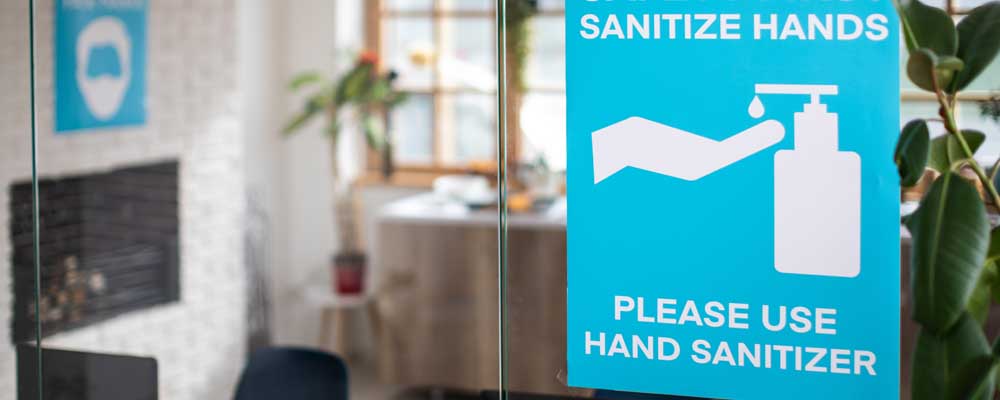Many not-for-profits have had an uphill battle since COVID-19 shut down offices and restricted travel. Millions of people lost their jobs, and while the demand for social services increased, organizations have also had the task of fulfilling their mission while adhering to public safety guidelines.
And though much work can be done remotely, not-for-profits still are finding it difficult to meet the needs of their employees, volunteers, and constituents. The question of how to continue to serve individuals, especially for at-risk populations and how to keep everyone safe is hard to answer. There is no one-size-fits-all, but these tips and considerations can help most organizations assess their office reentry and return-to-work plans.
How are other not-for-profits dealing with COVID-19?
- According to research from the Council of Nonprofits, 83 percent have moved operations to a work-from-home environment, at least earlier in the pandemic.
- 43 percent of not-for-profits substantially modified operations without eliminating positions.
- Larger not-for-profits with 100-300 employees were more likely to report no change in services or operations, while organizations with fewer than 10 employees reported extensive modifications.
- 90 percent of not-for-profits experienced revenue loss, leading to a partial or total operational shutdown of 13 percent.
- Almost 1 in 4 not-for-profits are considering partnerships, like merging with another organization, as a strategy for reemerging from the pandemic.
Virginia’s Center for Nonprofit Excellence advises following local guidance when it comes to making decisions about reopening the office or serving the community. Questions to ask to determine if it’s safe to reopen include but aren’t limited to:
- Are we following state and local laws and guidelines from health officials?
- Are we protecting staff and volunteers?
- Do we understand the legal and liability implications of reopening office space or shared community space?
Organizations should consider the needs of parents, who may have children in remote learning. Part of the consideration also needs to be with the comfort level of employees – if they or a family member want to limit public interactions, it’s important to find ways to accommodate their health concerns. And, on the opposite end, some employees may be ready and excited to come back into the office. This resource from Board Source goes into detail about each of the above questions.
Reopening Safely
Once the above questions are answered, find ways to resume operations safely. Practices to think about include:
- Ensuring social distancing
- Enhancing hygiene and cleaning
- Restricting use of shared spaces
- Training staff on new practices
- Establishing new routines and HR health checks
- Having an action plan if an employee gets sick with COVID-19
Developing an organizational plan will be essential. This resource from OSHA is a comprehensive guide for reopening guidelines in a COVID-19 environment.
Continuing to Serve
As organizations embark on the challenge of reopening, they should revisit the mission and vision of the organization as well as consider a service continuity plan. If the organization serves at-risk populations, staff and volunteers may need to undergo additional testing and utilize additional PPE. Activities may not need to be totally canceled (depending on local guidance) but limited and/or restricted services could be implemented to minimize risk. Keep in mind that not everyone has the same definition of hygiene or social distancing, so organizations may need to be specific when communicating expectations and guidelines.
When an at-risk population needs services, it’s important for organizations to find safe ways to serve these individuals. If typical activities are not permitted, consider other types of outreach or assistance programs. Cross-training employees may become more important than ever and technology investments can help bridge the gap of normal in-person interactions.
Financial Preparedness
Not-for-profit organizations have faced many new financial and accounting challenges in 2020 because of COVID-19. Amid the return-to-work planning, it is also crucial to revisit the budget and conduct financial planning and cash forecasting models. It will be important to keep the Board of Directors and Finance committee informed of any issues and continue to work with outside advisors on COVID-19 financial considerations.





